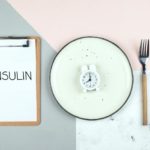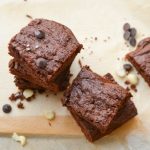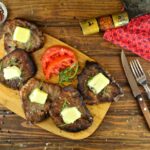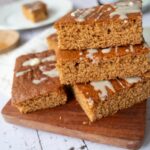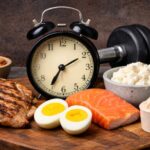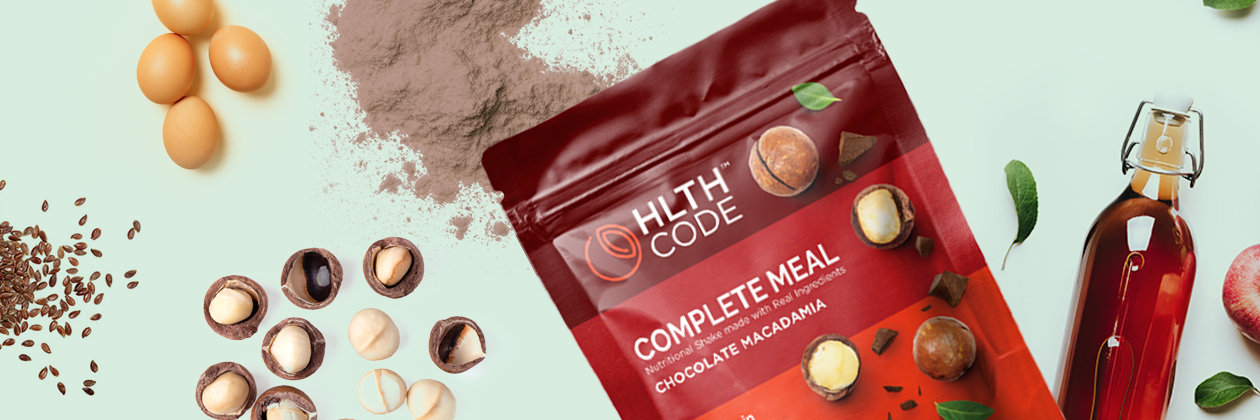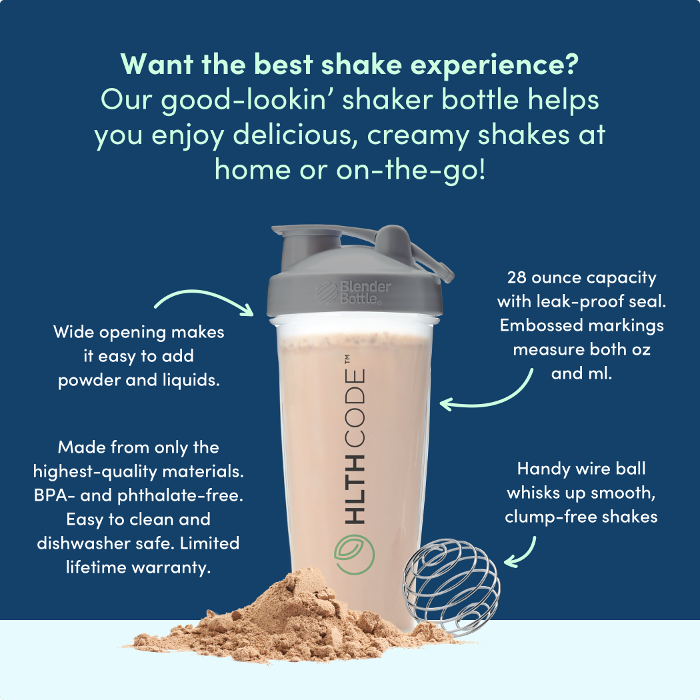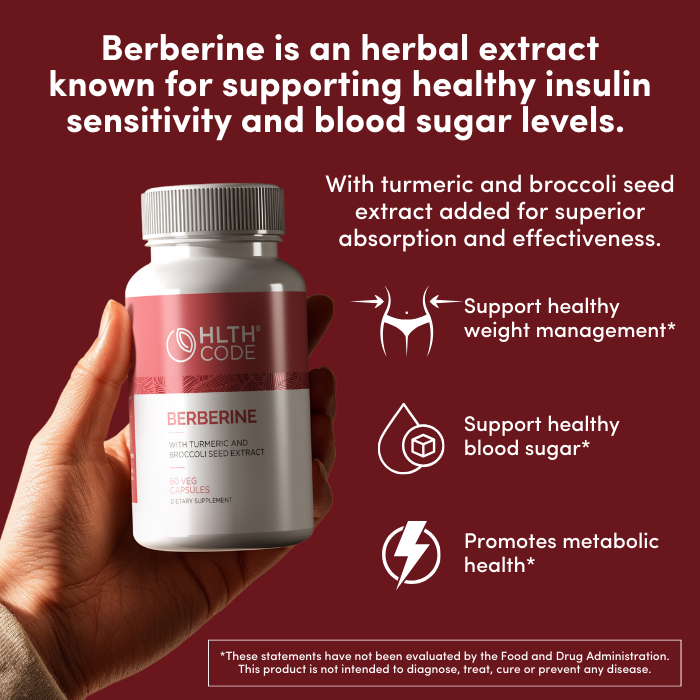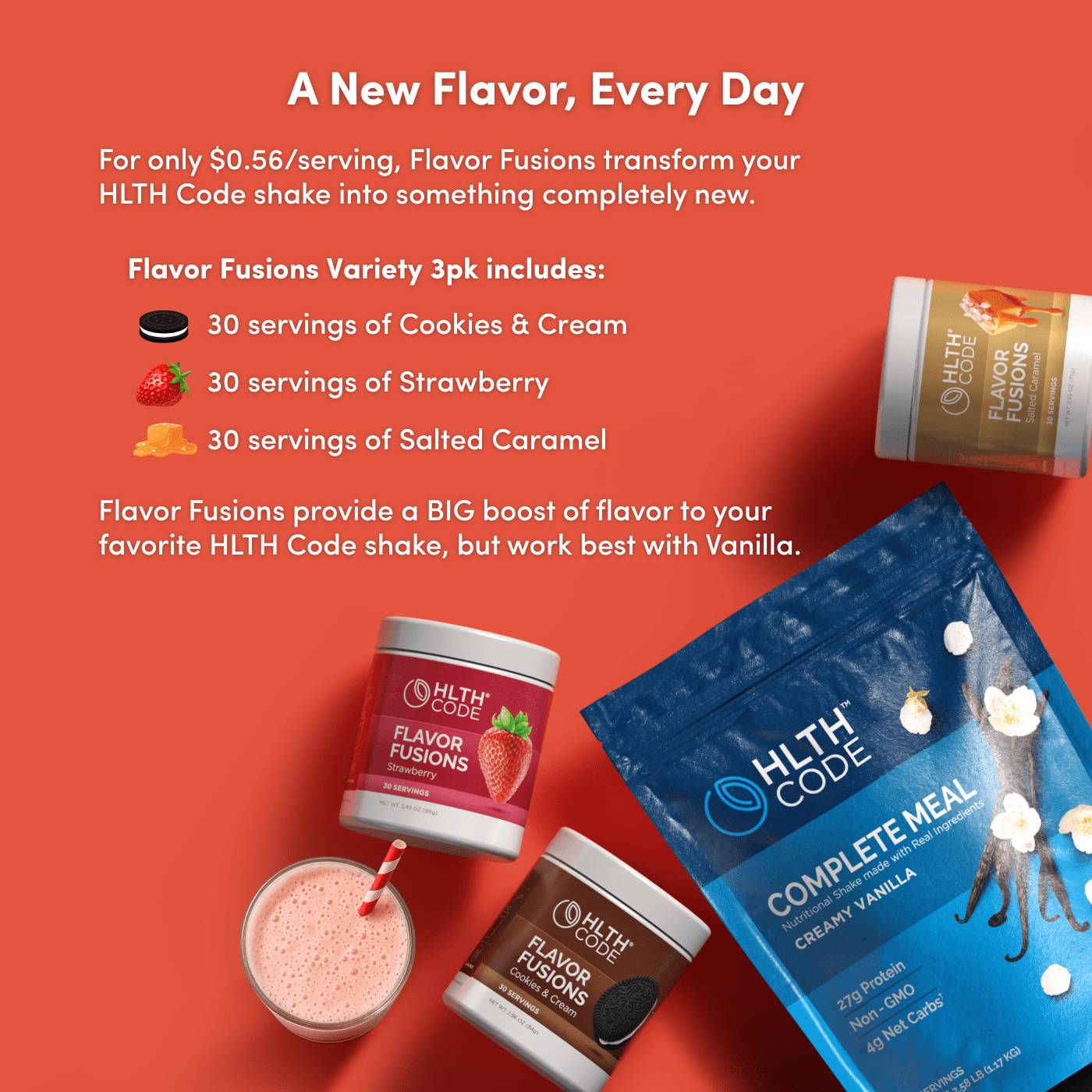Trim Your Waistline: 8 Proven Steps to Lose Belly Fat

Losing belly fat isn’t just about improving appearance—it’s crucial for your health. Excess abdominal fat is linked to severe health risks like type 2 diabetes, heart disease, and so much more. The good news is that by adopting some effective, evidence-based strategies, you can begin to lose that stubborn belly fat in a sustainable and healthy way. Let’s dive into eight practical tips that can make a significant difference.
- Limit Added Sugars and Processed Carbs
Your belly fat’s best friends are empty calories from added sugars and refined carbs. Foods like sugary beverages, white bread, pastries, and snacks can lead to weight gain, particularly around the midsection. Instead, opt for non-starchy vegetables, fruit, and high-protein meals. This switch removes processed foods that raise insulin levels and make it difficult to lose weight. 1,2,3
- Lean Into Protein: Make It the MVP of Your Meal
Protein is a powerhouse nutrient for weight loss. High protein intake increases the release of the fullness hormone PYY, which decreases appetite and promotes fullness. Protein also helps you retain muscle mass during weight loss, boosts metabolism, and can reduce cravings. Include meats, fish, eggs, dairy products, and nuts in your meals to help keep your protein levels optimized. A good “rule of thumb” for protein needs is 1.2-2.0 grams per kg of reference body weight. 4,5,6
- Walk After Meals
A simple walk after meals can work wonders for your waistline. This light physical activity helps manage blood sugar levels and boosts metabolism, which can help reduce belly fat. Regular post-meal walks also aid in digestion and can increase your overall physical activity level without feeling like a heavy workout. 7,8
- Build Muscle
Muscle mass is a key factor in increasing metabolic rate. Use strength training exercises like lifting weights, body weight, or resistance band workouts to build muscle. The more muscle you have, the higher your resting metabolic rate and the more insulin-sensitive you are, meaning you’ll burn more calories even when you’re not working out and the less likely you’ll be to gain weight. 9, 10, 11
- Consider Intermittent Fasting
Intermittent fasting (IF) has gained popularity as a method for losing weight, including belly fat. Eating during a specific time window can reduce food intake while improving metabolic health. Common IF patterns include the 16/8 method, where you fast for 16 hours and eat within an 8-hour window. There are many types of intermittent fasting, like skipping dinner several nights a week or doing a complete 24-hour fast once or twice a week. Find one that works for you and your routine. 12, 13, 14
- Stop Nighttime Snacking
Late-night snacking can contribute to weight gain, especially when choosing high-sugar, low-nutrient snacks. Establish a cut-off time for eating, such as three to four hours before bed. This habit can help you reduce unnecessary eating and improve your digestion, which is slower at night. It will also help keep blood glucose at optimal levels the next day. 15, 16
- Prioritize Sleep
Never underestimate the power of a good night’s sleep regarding weight loss. Lack of sleep can disrupt appetite-regulating hormones like leptin and ghrelin, leading to increased hunger and appetite. Aim for 7-9 hours of quality sleep per night to support your weight loss efforts and overall health. 17
- Manage Your Stress
Chronic stress can sabotage your weight loss goals by triggering the release of the hormone cortisol, which is linked to increased belly fat. Techniques such as meditation, deep breathing, exercises, praying, yoga, or even hobbies can help you manage stress levels. Reducing stress not only aids in losing belly fat but also improves your overall well-being. 18
Incorporating these tips into your daily routine can help you reduce belly fat significantly over time. Remember, the key to successful weight loss is consistency and making changes that you can maintain long-term. Start small, and gradually build these habits into your lifestyle for a healthier, happier you.
References
1. De Amicis R, Mambrini SP, Pellizzari M, Foppiani A, Bertoli S, Battezzati A, Leone A. Ultra-processed foods and obesity and adiposity parameters among children and adolescents: a systematic review. Eur J Nutr. 2022 Aug;61(5):2297-2311. doi: 10.1007/s00394-022-02873-4. Epub 2022 Mar 24. PMID: 35322333; PMCID: PMC8942762.
2. Juul F, Vaidean G, Parekh N. Ultra-processed Foods and Cardiovascular Diseases: Potential Mechanisms of Action. Adv Nutr. 2021 Oct 1;12(5):1673-1680. doi: 10.1093/advances/nmab049. PMID: 33942057; PMCID: PMC8483964.
3. Harb AA, Shechter A, Koch PA, St-Onge MP. Ultra-processed foods and the development of obesity in adults. Eur J Clin Nutr. 2023 Jun;77(6):619-627. doi: 10.1038/s41430-022-01225-z. Epub 2022 Oct 24. PMID: 36280730; PMCID: PMC10123172.
4. Halton TL, Hu FB. The effects of high protein diets on thermogenesis, satiety and weight loss: a critical review. J Am Coll Nutr. 2004 Oct;23(5):373-85. doi: 10.1080/07315724.2004.10719381. PMID: 15466943.
5. Willoughby D, Hewlings S, Kalman D. Body Composition Changes in Weight Loss: Strategies and Supplementation for Maintaining Lean Body Mass, a Brief Review. Nutrients. 2018 Dec 3;10(12):1876. doi: 10.3390/nu10121876. PMID: 30513859; PMCID: PMC6315740.
6. Pesta DH, Samuel VT. A high-protein diet for reducing body fat: mechanisms and possible caveats. Nutr Metab (Lond). 2014 Nov 19;11(1):53. doi: 10.1186/1743-7075-11-53. PMID: 25489333; PMCID: PMC4258944.
7. Bellini A, Nicolò A, Bazzucchi I, Sacchetti M. The Effects of Postprandial Walking on the Glucose Response after Meals with Different Characteristics. Nutrients. 2022 Mar 4;14(5):1080. doi: 10.3390/nu14051080. PMID: 35268055; PMCID: PMC8912639.
8. Hamaguchi T, Tayama J, Suzuki M, Nakaya N, Takizawa H, Koizumi K, Amano Y, Kanazawa M, Fukudo S. The effects of locomotor activity on gastrointestinal symptoms of irritable bowel syndrome among younger people: An observational study. PLoS One. 2020 May 29;15(5):e0234089. doi: 10.1371/journal.pone.0234089. Erratum in: PLoS One. 2020 Dec 17;15(12):e0244465. PMID: 32470098; PMCID: PMC7259724.
9. Mijwel S, Backman M, Bolam KA, Olofsson E, Norrbom J, Bergh J, Sundberg CJ, Wengström Y, Rundqvist H. Highly favorable physiological responses to concurrent resistance and high-intensity interval training during chemotherapy: the OptiTrain breast cancer trial. Breast Cancer Res Treat. 2018 May;169(1):93-103. doi: 10.1007/s10549-018-4663-8. Epub 2018 Jan 18. PMID: 29349712; PMCID: PMC5882634.
10. Mijwel S, Backman M, Bolam KA, Olofsson E, Norrbom J, Bergh J, Sundberg CJ, Wengström Y, Rundqvist H. Highly favorable physiological responses to concurrent resistance and high-intensity interval training during chemotherapy: the OptiTrain breast cancer trial. Breast Cancer Res Treat. 2018 May;169(1):93-103. doi: 10.1007/s10549-018-4663-8. Epub 2018 Jan 18. PMID: 29349712; PMCID: PMC5882634.
11. Sabag A, Najafi A, Michael S, Esgin T, Halaki M, Hackett D. The compatibility of concurrent high intensity interval training and resistance training for muscular strength and hypertrophy: a systematic review and meta-analysis. J Sports Sci. 2018 Nov;36(21):2472-2483. doi: 10.1080/02640414.2018.1464636. Epub 2018 Apr 16. PMID: 29658408.
12. Albosta M, Bakke J. Intermittent fasting: is there a role in the treatment of diabetes? A review of the literature and guide for primary care physicians. Clin Diabetes Endocrinol. 2021 Feb 3;7(1):3. doi: 10.1186/s40842-020-00116-1. PMID: 33531076; PMCID: PMC7856758
13. Hollstein T, Basolo A, Unlu Y, Ando T, Walter M, Krakoff J, Piaggi P. Effects of Short-term Fasting on Ghrelin/GH/IGF-1 Axis in Healthy Humans: The Role of Ghrelin in the Thrifty Phenotype. J Clin Endocrinol Metab. 2022 Aug 18;107(9):e3769-e3780. doi: 10.1210/clinem/dgac353. PMID: 35678263; PMCID: PMC9387714.
14. Yuan X, Wang J, Yang S, Gao M, Cao L, Li X, Hong D, Tian S, Sun C. Effect of Intermittent Fasting Diet on Glucose and Lipid Metabolism and Insulin Resistance in Patients with Impaired Glucose and Lipid Metabolism: A Systematic Review and Meta-Analysis. Int J Endocrinol. 2022 Mar 24;2022:6999907. doi: 10.1155/2022/6999907. PMID: 35371260; PMCID: PMC8970877.
15. Reid KJ, Baron KG, Zee PC. Meal timing influences daily caloric intake in healthy adults. Nutr Res. 2014 Nov;34(11):930-5. doi: 10.1016/j.nutres.2014.09.010. Epub 2014 Oct 2. PMID: 25439026; PMCID: PMC4794259.
16. Baron KG, Reid KJ, Horn LV, Zee PC. Contribution of evening macronutrient intake to total caloric intake and body mass index. Appetite. 2013 Jan;60(1):246-251. doi: 10.1016/j.appet.2012.09.026. Epub 2012 Oct 2. PMID: 23036285; PMCID: PMC3640498.
17. Bacaro V, Ballesio A, Cerolini S, Vacca M, Poggiogalle E, Donini LM, Lucidi F, Lombardo C. Sleep duration and obesity in adulthood: An updated systematic review and meta-analysis. Obes Res Clin Pract. 2020 Jul-Aug;14(4):301-309. doi: 10.1016/j.orcp.2020.03.004. Epub 2020 Jun 8. PMID: 32527625.
18. Steptoe A, Kunz-Ebrecht SR, Brydon L, Wardle J. Central adiposity and cortisol responses to waking in middle-aged men and women. Int J Obes Relat Metab Disord. 2004 Sep;28(9):1168-73. doi: 10.1038/sj.ijo.0802715. PMID: 15211363.
This article is for informational and educational purposes only. It is not, nor is it intended to be substitute for professional medical advice, diagnosis, or treatment and should never be relied upon for specific medical advice.



